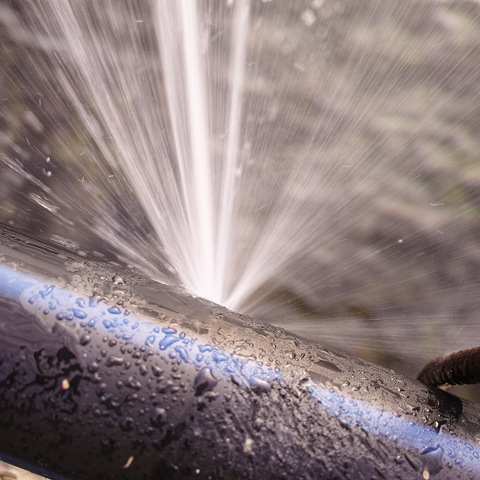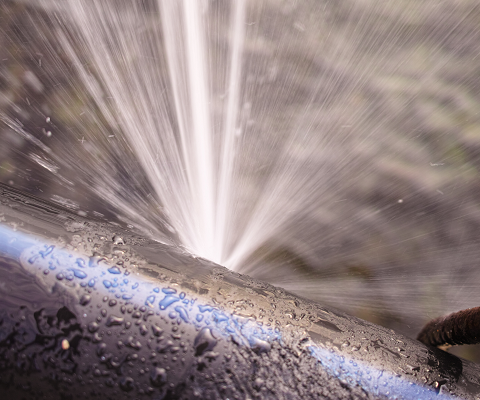When considering design specifications for a commercial pipe heat tracing system, two types of costs come into consideration:
- Total Investment Cost (TIC)
- Total Operating Cost (TOC).
TIC includes the cost of materials and labor for installation and is typically incurred in the project phase. On the other hand, TOC covers all costs incurred during the operational lifetime of the system. TOC includes costs for energy use, operation, maintenance, and unplanned shutdowns or business disruption due to system down time. System longevity also impacts TOC.
Typically, designers tend to focus on the TIC, sometimes without taking a step back to consider the TOC, which may end up being the most important variable in determining the return on investment (ROI) of a project. On the other hand, well-considered additional investment into TIC, reduce TOC. This greatly improves the economics of the system by ensuring savings for its entire operational life.
Tips For Optimizing TIC/TOC
When making the decision to design and install a pipe heat tracing system, cost is one of many important factors. To achieve lower TIC & TOC, follow these tips:
1. Choose a Reliable and Proven Heat Tracing System
Each type of heat tracing technology and brand has its own characteristics. Maximum power output, maximum circuit length, ease of design, ease of installation, ease of operation, and warranty are all important considerations. Choose a manufacturer that offers the technology, expertise, control systems, and after sales support you need to ensure the outcomes you need.
Quality and reliability are major considerations. Failures in heat tracing systems can lead to injury risk, liability concerns, business interruption, production downtime, and expensive repairs. It is paramount to select products from a manufacturer with a reliable and proven track record.
2. Take a Balanced Approach to Insulation
The relationship between insulation and operating cost is clear. Lost heat must be replaced so a one-time investment in insulation will continue to pay of over the entire life of the system with reduced energy costs. Check out our article on the impact of insulation for more information on this topic or contact one of our experts.
3. Smart Heat Tracing System Controls Can Optimize Energy Consumption
Well-engineered control systems greatly reduce operational costs. Existing systems can also benefit with upgrades to modern, smart control systems. nVent RAYCHEM control and monitoring solutions ensure efficient operation.
4. Get Proactive with Real-Time Monitoring
Moving from a reactive to proactive maintenance approach drastically reduces the risk of unplanned shutdowns and subsequent loss of production. Smart monitoring systems can communicate with distributed control and computerized maintenance management systems. This allows for a preventative and structured maintenance approach. Rather than trying to locate and remedy failures as they occur, ongoing performance measurement can identify worrying trends and prompt commercial building owners to take action before a problem occurs. An nVent RAYCHEM heat tracing expert can explain our real-time monitoring solutions.
The new nVent Raychem XL-Trace Edge system of self-regulating heat tracing cables and control and monitoring solutions delivers on all of the aforementioned aspects, ensuring optimized TIC and TOC for any commercial piping heat trace project.
For additional guidance on how nVent RAYCHEM solutions can improve the TIC/TOC of your next project, click here to contact one of our experts. Our experts will help you take the safety, profitability and performance of your commercial building to the next level!



